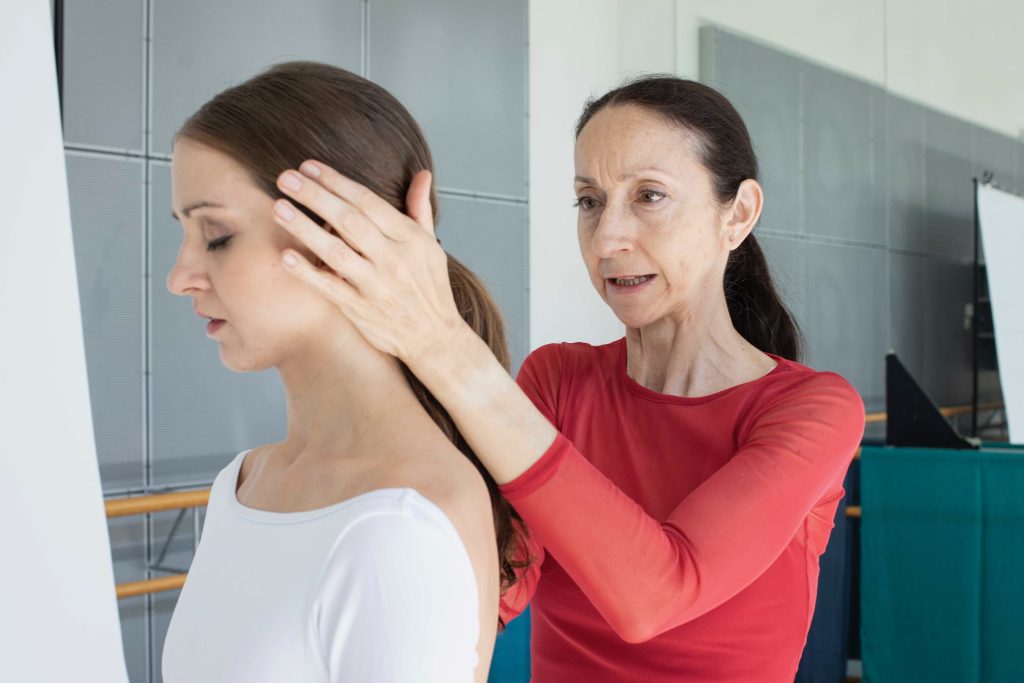Its well researched and documented that individuals suffering from an attention deficit (ADHD) have many more challenges with the learning and coordination of motor skills than individuals without this barrier to learning. So we might imagine that the profession of ‘dancer’ would not be an obvious fit when thinking of a suitable career path. Yet surprisingly, the dance sector boasts a higher than average percentage of individuals with ‘overactive brains’ and displaying the recognised symptoms of ADHD, than the general population. (Shuliman and Terry, 2017)
Further research is necessary to understand whether it is the sheer amount of information that dancers are required to process and focus on at any one time – Information from technical, artistic or health related feedback from numerous sources such as choreographers, teachers, artistic directors, musical directors, rehearsal directors, healthcare professionals, designers, colleagues, social media and well meaning family and friends – that promotes a fragmented attentional focus and information overload
Or, whether the nature of the discipline particularly attracts dancers with ADHD.
If we were to describe an ideal activity that would appeal to the unique aspects of what is defined as an attentional deficit, that activity would be:
- high-intensity and fast
- hands-on and creative,
- something that the individual was passionate about,
- yet providing structure, discipline
- and some autonomy
isn’t this the very definition of professional dance’?!
Whether as a dancer you are suffering from fragmented attention and information overload or you are actually managing ADHD, then attentional focus tools however provide simple easy to use strategies to support learning and recall and to enhance performance outcome for all dancers. Using an External Focus of Attention (EFA) – by concentrating on such aspects as the musicality, the dramaturgy, the desired movement quality or by using an image to compliment any of these, will enhance a dancer’s capacity to learn and to manage the technical and artistic demands of the discipline.
When it comes to developing attentional skills – ‘less is more’. For all dancers I recommend that they limit themselves to a maximum of three simultaneous foci at any one time. Less is always preferable in terms of the performance outcome – power, speed, stability, artistry. Working with older dancing populations for example, where an attentional deficit is a natural part of the ageing process, then cueing just one EFA at a time in association with a movement is optimal.
The role of the External Attentional Focus is to act as an anchor for the mind, calming, filtering and keeping all other unhelpful thoughts of self or self-critique at bay – to sustain efficient movement pathways and optimal energy – keeping all on track.
For more discussion on ADHD and Dance then take a look at Pointe Magazine article by Sophie Bress,
https://pointemagazine.com/dancing-with-adhd/And,
Shulimson, Aharon and Julie Terry. 2017. Do Ballet Dancer’s Brains Function Differently?. Pointe Magazine.
